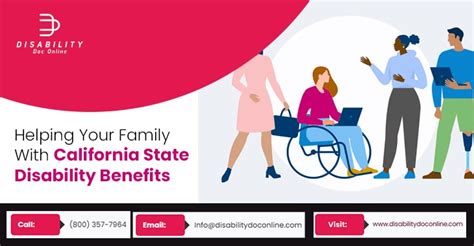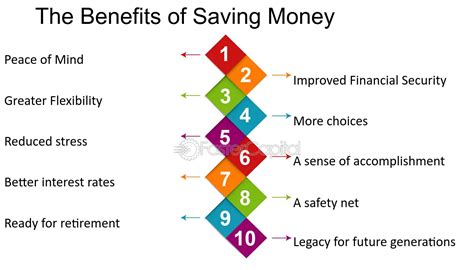California State Disability Insurance (SDI) is a partial wage replacement program designed to provide financial support to workers who are unable to work due to a non-work-related illness, injury, or pregnancy. The program is administered by the California Employment Development Department (EDD) and is funded through payroll deductions from California workers.
Eligibility Requirements
To be eligible for California State Disability benefits, you must:
- Be unable to work: You must be unable to perform your regular or customary work due to a non-work-related illness, injury, or pregnancy.
- Have a qualifying condition: Your condition must be certified by a healthcare provider, who must complete a medical certification form.
- Have earned enough wages: You must have earned at least $300 in wages subject to SDI deductions during a specified base period.
- Be under the care of a licensed healthcare provider: You must be under the care of a licensed healthcare provider, who must certify your condition and provide medical documentation.
Benefits Amount
The amount of your California State Disability benefit is based on your recent earnings, with a maximum benefit amount of $1,357 per week. The benefit amount is calculated as follows:
- Calculate your base period earnings: Your base period earnings are the total wages you earned during a specified 12-month period, which is typically the first four of the last five completed calendar quarters.
- Determine your weekly benefit amount: Your weekly benefit amount is approximately 55% of your base period earnings, divided by 13.
How to Apply
To apply for California State Disability benefits, follow these steps:
- File a claim online: You can file a claim online through the EDD website, or by phone, mail, or in person at a local EDD office.
- Gather required documents: You will need to provide medical documentation, including a medical certification form completed by your healthcare provider.
- Submit your application: Submit your application and supporting documents to the EDD.
Claim Process
The claim process typically involves the following steps:
- Initial claim review: The EDD reviews your claim to ensure you meet the eligibility requirements.
- Medical certification: Your healthcare provider must certify your condition and provide medical documentation.
- Benefit determination: The EDD determines your benefit amount and notifies you of the decision.
- Ongoing eligibility: You must continue to meet the eligibility requirements and provide ongoing medical certification to receive benefits.
Disability Benefits vs. Paid Family Leave
California State Disability Insurance also provides benefits for Paid Family Leave (PFL), which allows you to take time off to care for a seriously ill family member or to bond with a new child. The main differences between Disability benefits and PFL are:
- Purpose: Disability benefits are for your own illness or injury, while PFL is for caring for a family member or bonding with a new child.
- Benefit amount: The benefit amount for PFL is the same as for Disability benefits.
- Eligibility: The eligibility requirements for PFL are similar to those for Disability benefits, but you must also have a qualifying family member or new child.
FAQs
How long do I have to wait to receive my first benefit payment?
+Typically, it takes 2-3 weeks to process your claim and receive your first benefit payment.
Can I work part-time while receiving Disability benefits?
+No, you cannot work while receiving Disability benefits, unless you are participating in a rehabilitation program approved by the EDD.
How long can I receive Disability benefits?
+You can receive Disability benefits for up to 52 weeks, as long as you continue to meet the eligibility requirements and provide ongoing medical certification.
Conclusion
California State Disability Insurance provides critical financial support to workers who are unable to work due to a non-work-related illness, injury, or pregnancy. By understanding the eligibility requirements, benefits amount, and claim process, you can navigate the system and receive the benefits you need. Remember to file your claim promptly, provide complete medical documentation, and follow the ongoing eligibility requirements to ensure you receive your benefits without interruption.



